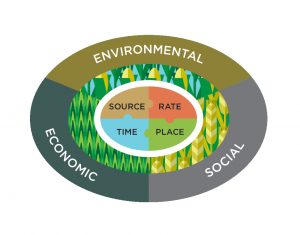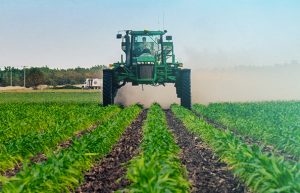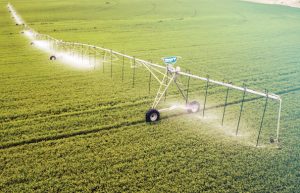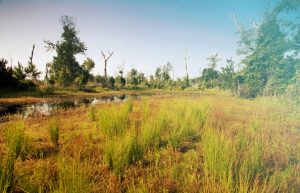Resources
 Applying the 4R concept on an individual farm involves many interrelated decisions throughout the growing season that are based on environmental conditions, the landowner’s performance objectives and management considerations.
Applying the 4R concept on an individual farm involves many interrelated decisions throughout the growing season that are based on environmental conditions, the landowner’s performance objectives and management considerations.
A Nutrient Management Plan is a good place to start, to match yield goals and crop nutrient needs with nutrient applications. The following 4R Nutrient Stewardship Practices are just a few additional options that can optimize the economic, environmental and social aspects of farms in the Mid-Atlantic Region.
Looking for information about a specific practice, region and/or crop? Search here:
You can also visit our 4R Technical Assistance Provider Directory to find someone in your area that can help with implementation.
 Split Nitrogen Application
Split Nitrogen Application
The Right Time and Right Rate for nitrogen applications depends on many factors, including soil type and texture. For many areas in the Mid-Atlantic with relatively course-textured soils, it is good practice to apply a small amount of nitrogen at the beginning of the growing season, followed by one or more fertilizer applications later on. This allows most of the nitrogen to be applied nearer in time to when the crop will take it up, and reduce the risk of loss in a heavy rain event.
 Nitrogen Modeling
Nitrogen Modeling
Nitrogen modeling is a tool that takes local weather, site conditions and management into account, and gives producers a real-time estimate of the nitrogen availability and needs of their crop. Currently, it’s mainly used for corn, and can be a useful addition to informing sidedress applications in the spring. The keys to using a nitrogen model to its full advantage are to make sure that data is accurately entered into the model, and to limit early nitrogen applications enough to allow for flexibility later in the growing season.
 Irrigation Management
Irrigation Management
Good irrigation management is important to both economic and environmental sustainability. Irrigation systems are a significant investment for a farming operation. If too little water is applied to crops and the crops suffer, then the farmer isn’t taking full advantage of the system. Too much water increases energy costs, depletes water resources and increases the risk of nutrient loss through leaching. There are several different methods to accurately determine your crop’s irrigation needs.
 Variable Rate Nitrogen Application
Variable Rate Nitrogen Application
Varying the rate of nitrogen fertilizer applications throughout the field can be an effective way to maximize the use of fertilizer. Targeting fertilizer applications where crops can use the nutrients and reducing it in areas where it is less likely to be effective may not result in a significant change in the overall rate applied within the field, but may result in higher yields for the same inputs. This strategy has the greatest potential in fields that have yields and/or soil types that are not uniform, and where that the variability is not due to other factors, such as pH or water availability.
 Cover Crops
Cover Crops
Cover crops do double-duty on a farm. They take up nutrients in the fall, and release them back to the soil and to following crops over time. They can also increase organic matter in the soil and help with weed and disease pressure. There are many different management options for cover crops that can be tailored to provide specific benefits for your farm. Rye cover crops can be planted later, produce a lot of biomass and are very effective at scavenging nitrogen. Legume cover crops can produce nitrogen that may reduce the need for fertilizer inputs to the following crop. Different cover crop species and mixes, planting date and method and termination date and method will all affect the way nutrients are cycled in your soils.
 Natural Filters
Natural Filters
4R Nutrient Stewardship practices like those above can minimize both the quantity and the timing for when nutrients applied to crops are vulnerable to loss in the environment. Because agriculture occurs in a natural system, however, in-field 4R practices cannot fully prevent nutrient loss through leaching or runoff, especially when excessive rainfall or drought result in less-than-ideal conditions. Taking a holistic view of the whole farming operation may reveal a need for natural filters, such as grass and riparian buffers or wetland restoration projects. These practices can not only help to trap nutrients that might otherwise move to nearby waterways, they can also provide valuable habitat for wildlife and pollinators.